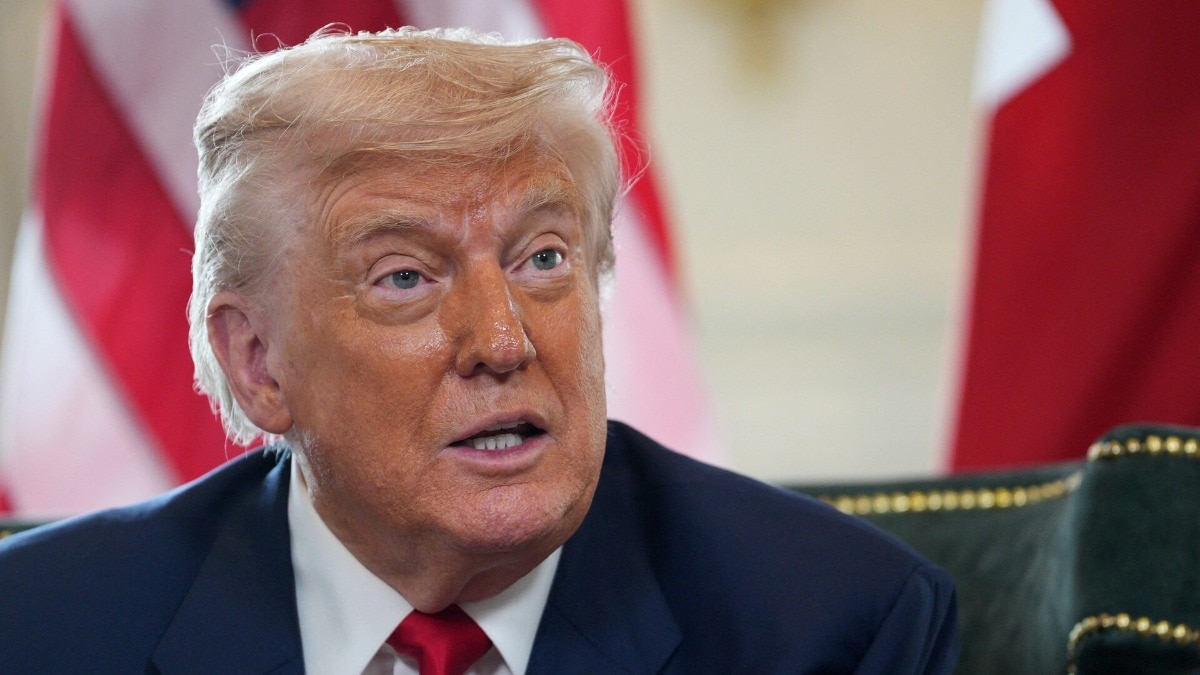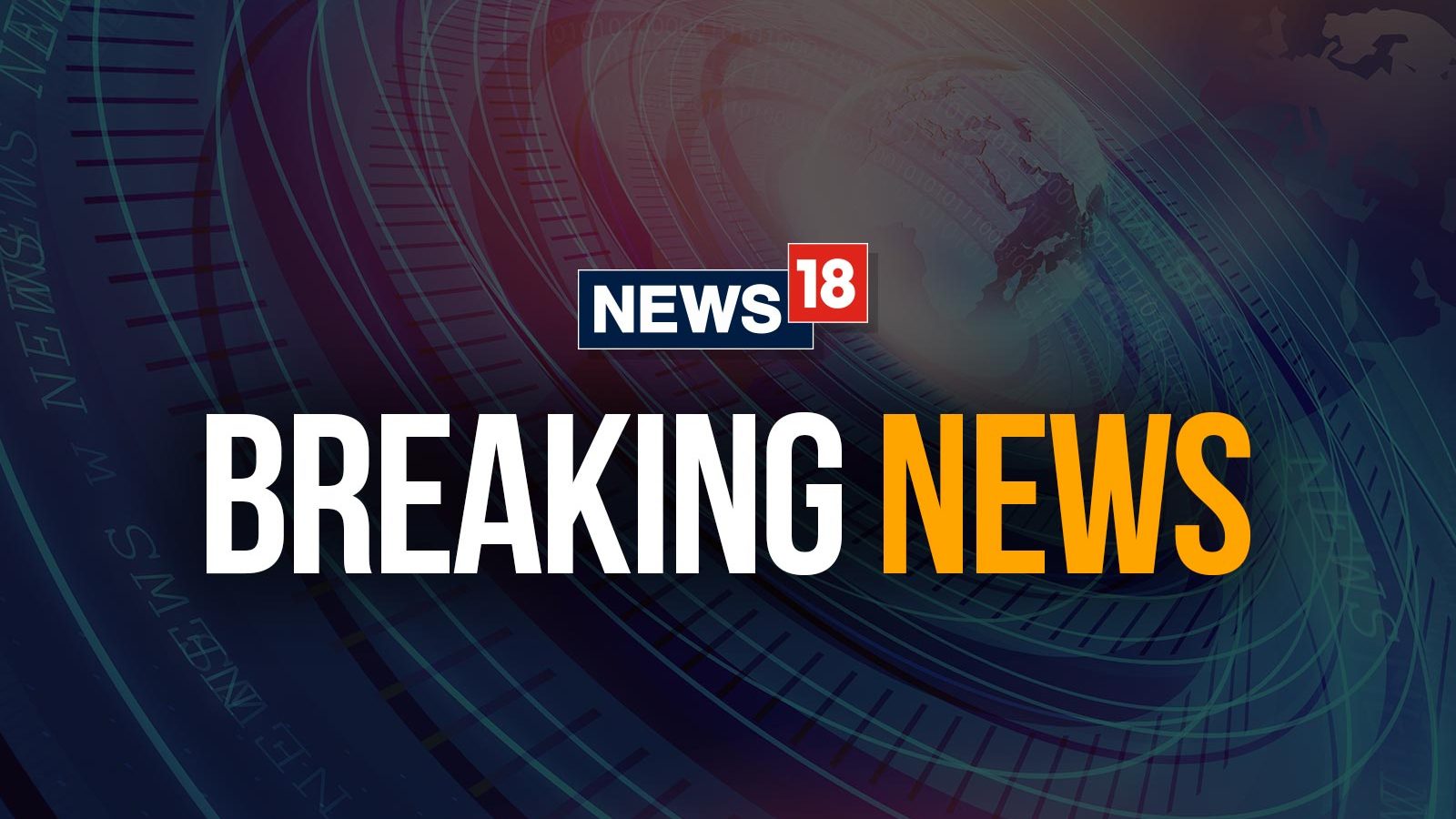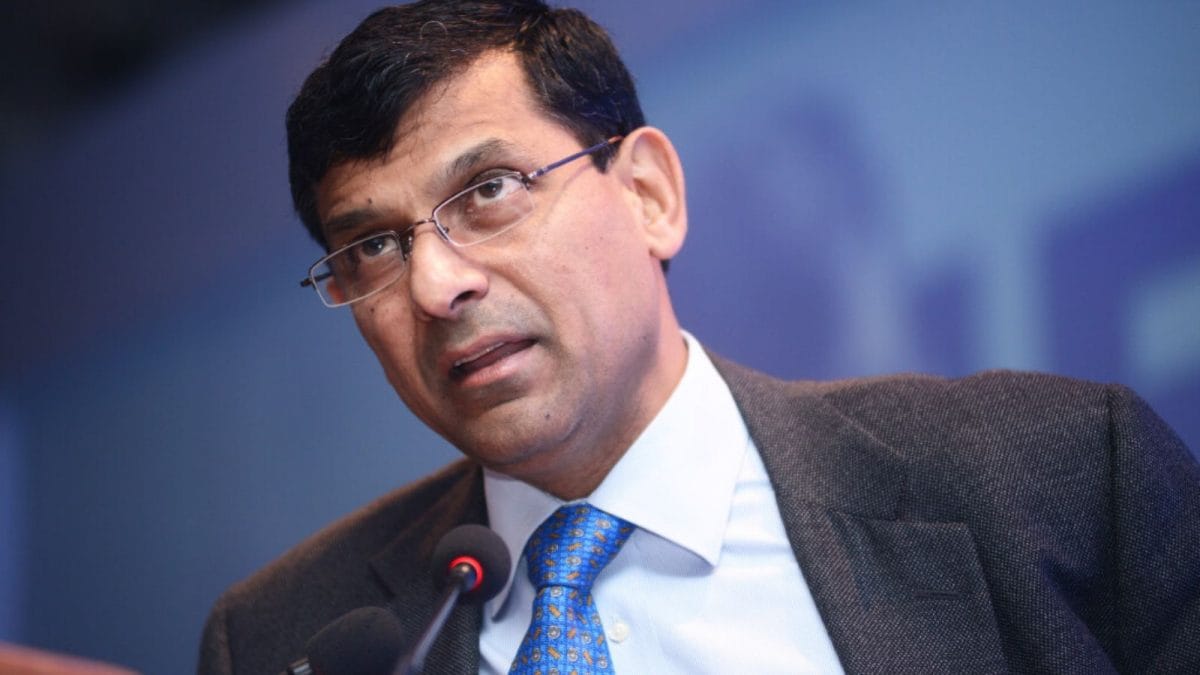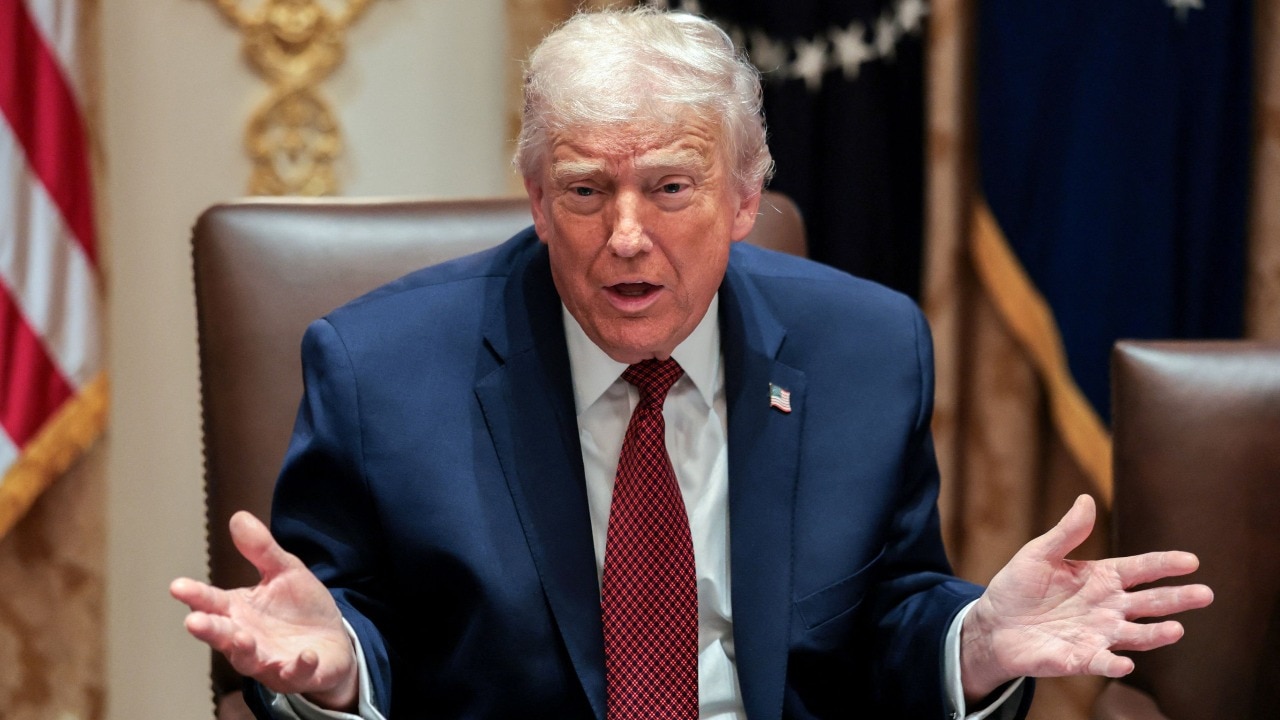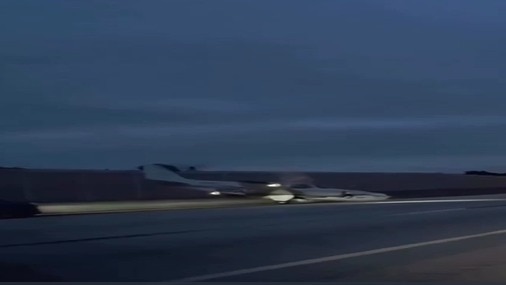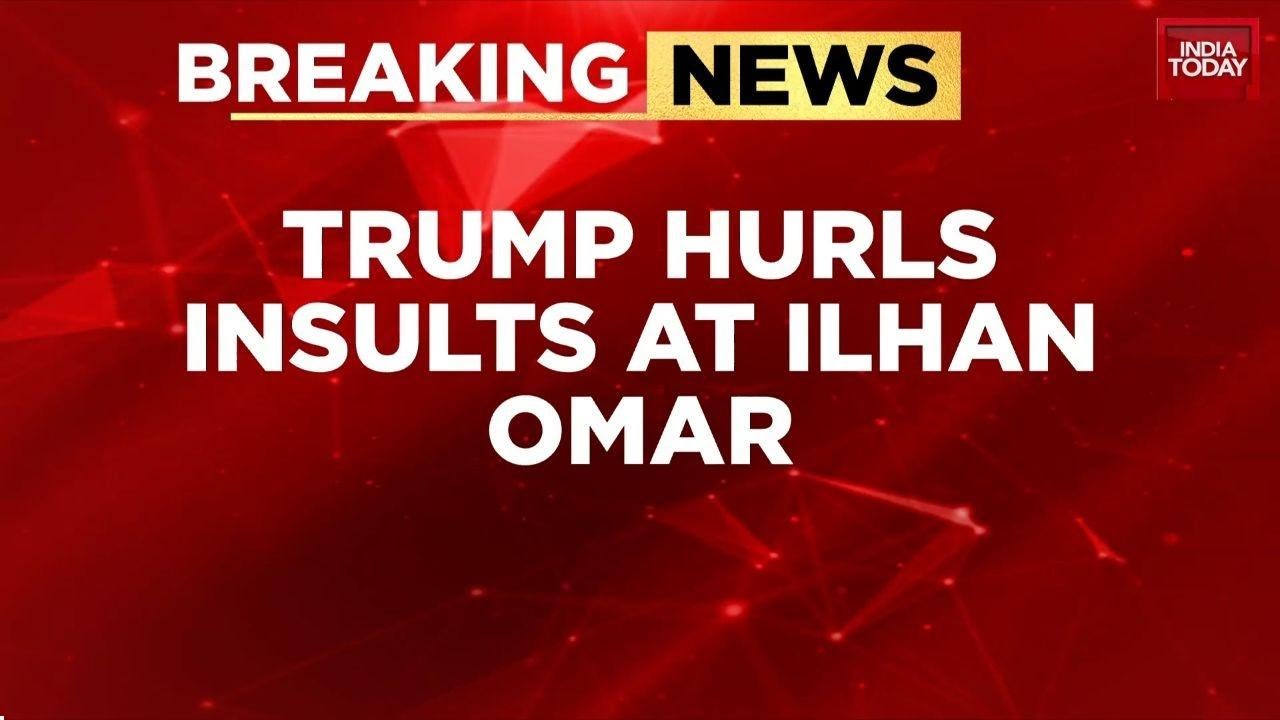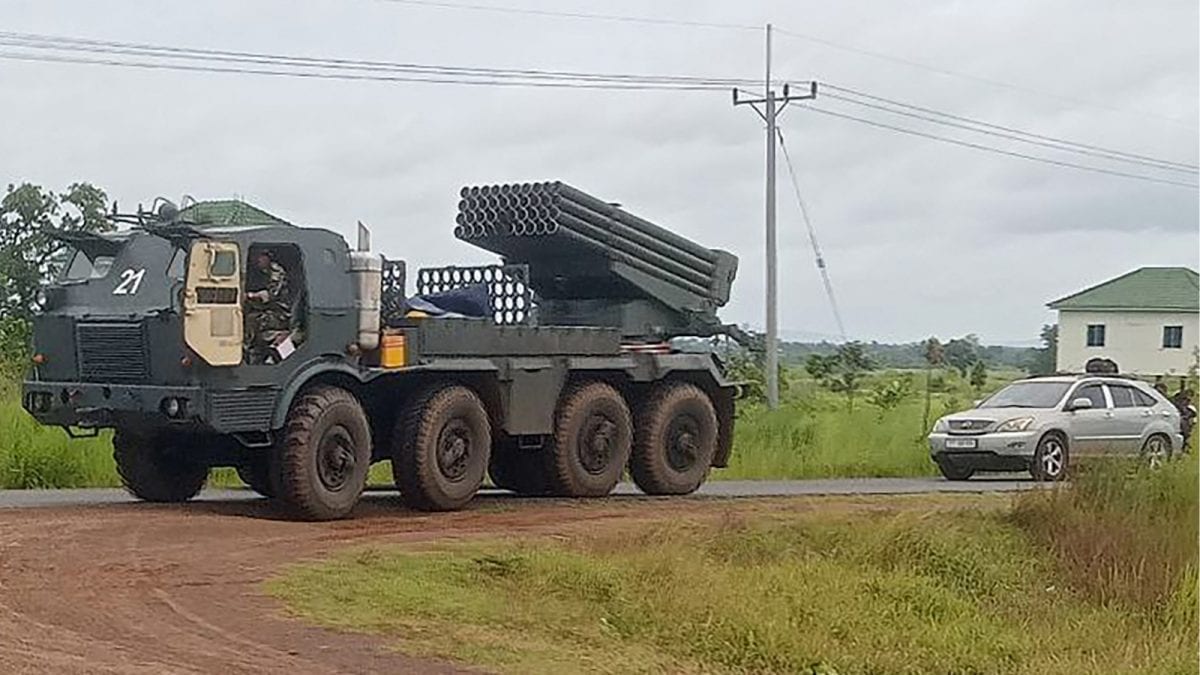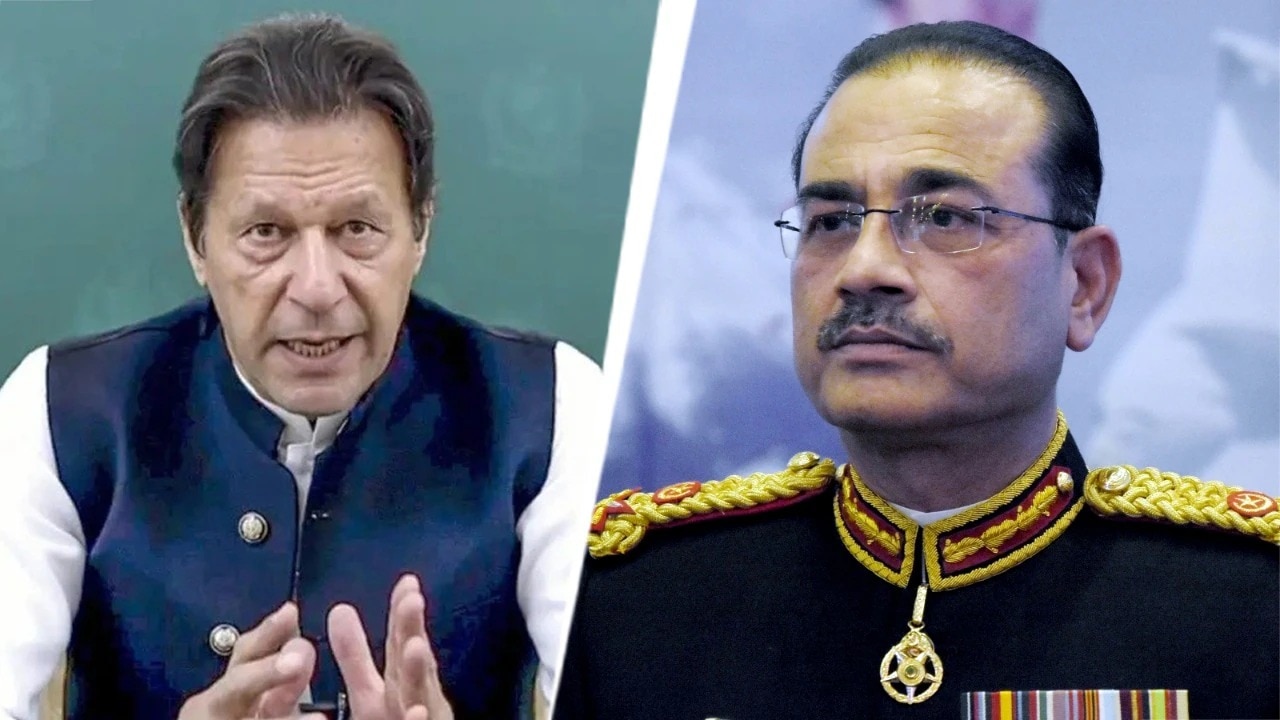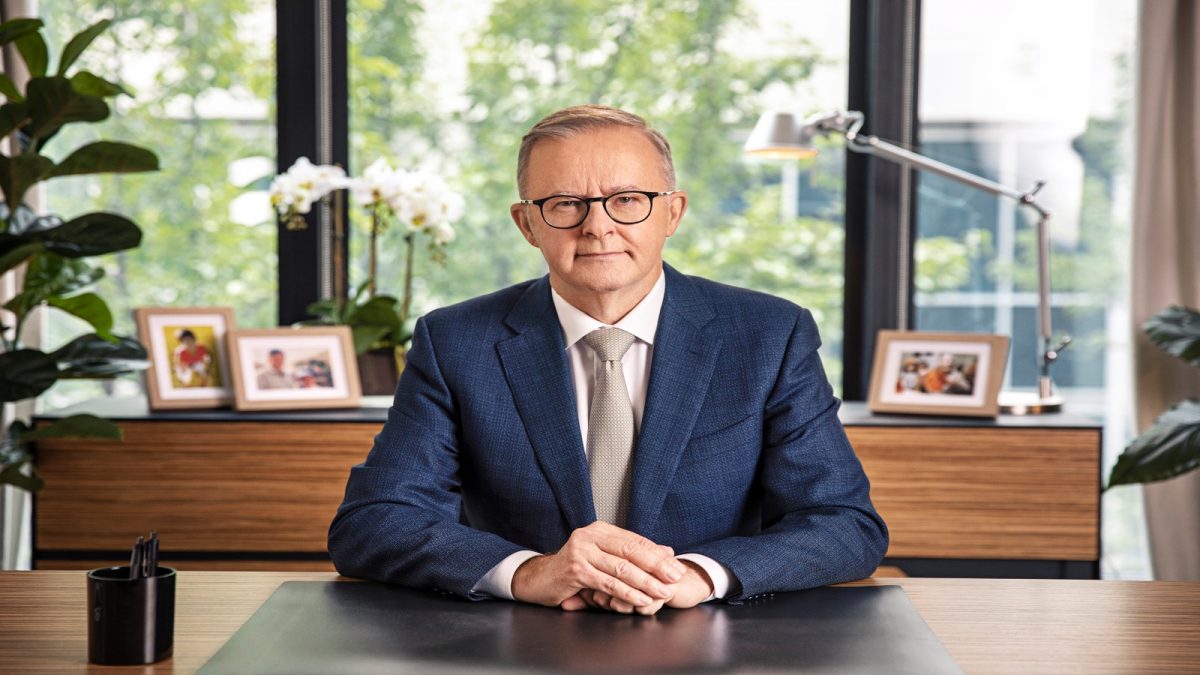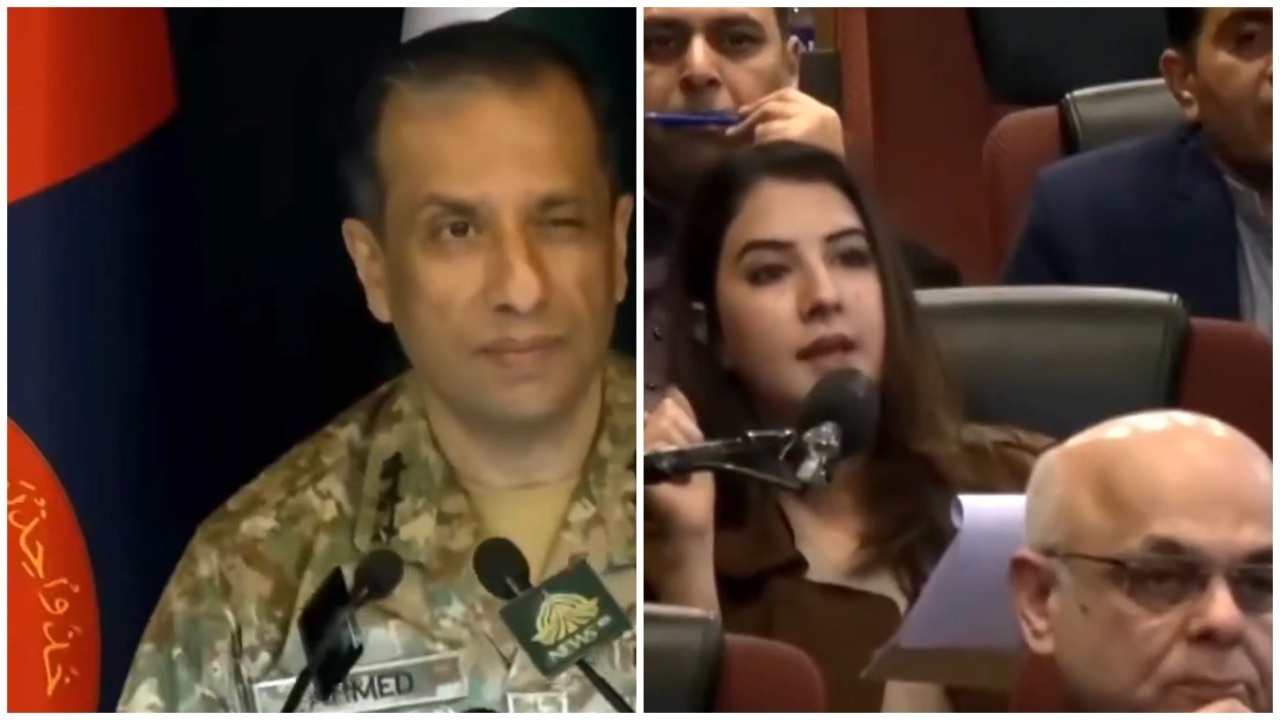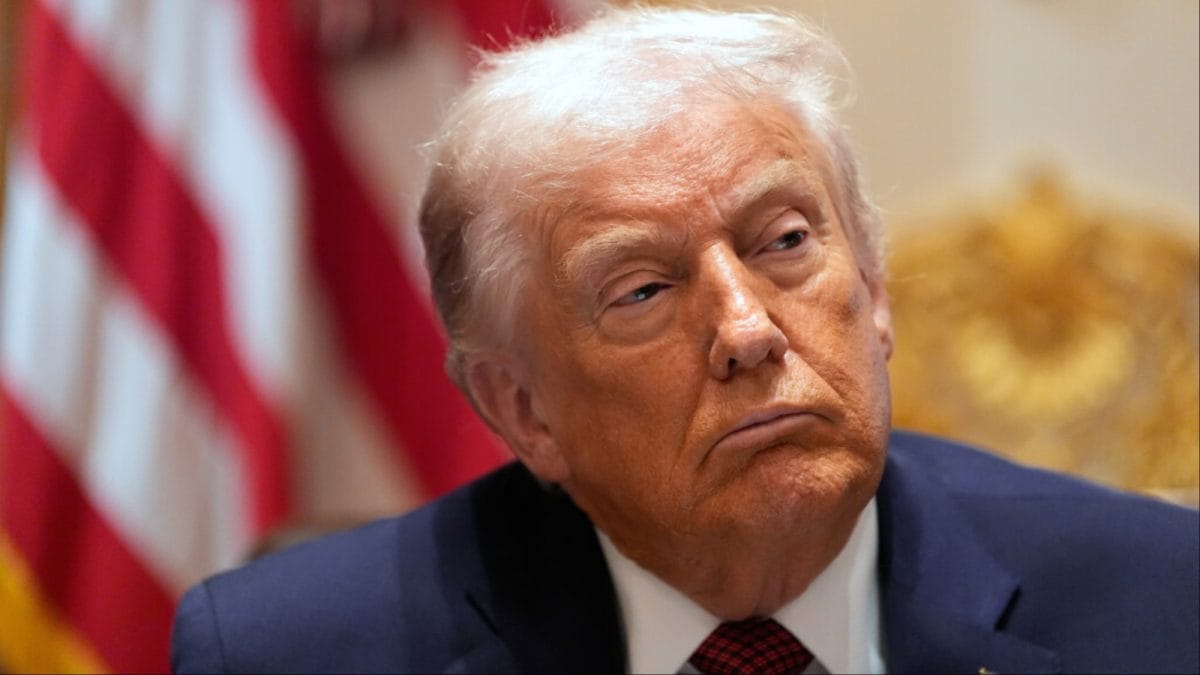Last Updated:November 14, 2025, 22:15 IST
India urged Russia to fast-track approvals at the 26th IRIGC meeting, aiming to boost trade, sign a cooperation protocol, and target US$100 billion bilateral trade by 2030.

Commerce Secretary Rajesh Agrawal held productive discussions with Russian Deputy Minister for Industry and Trade Mikhail Yurin (X)
India has asked Russia to fast-track approvals for Indian exporters, including expedited listing of domestic establishments and the registration of marine and pharma products, with a view to boosting two-way trade.
Commerce Secretary Rajesh Agrawal, during the 26th Meeting of the India-Russia Working Group on Trade & Economic Cooperation under the aegis of the Inter-Governmental Commission on Trade, Economic, Scientific, Technological and Cultural Cooperation (IRIGC), highlighted the potential for expanding and deepening trade and proposed confidence-building measures to unlock market access, as per an official statement released on Thursday.
“The issues included expedited listing of Indian establishments and a systems-based approach with FSVPS in agriculture, especially marine products and a time-bound pathway in pharmaceuticals covering registration, regulatory reliance, and predictable timelines," it said.
The two sides reviewed bilateral trade, which has risen to well over twice the leaders’ 2014 benchmark of US$25 billion, and took note of the shared objective of US$100 billion by 2030.
The commerce ministry also said a forward-looking protocol for trade and economic cooperation across multiple sectors was finalised and signed during the meeting of Agrawal and Vladimir Ilyichev, Deputy Minister of Economic Development of Russia.
The working group noted that the potential cooperation for expansion of trade across engineering goods, chemicals and plastics, electronics, pharmaceuticals, agriculture, leather, and textiles.
It also mapped areas where Indian strengths –including smartphones, motor vehicles, gems and jewellery, organic chemicals, textiles and leather — can support Russia’s trade diversification and de-risking strategy.
In services, India encouraged Russian entities to increase procurement of Indian IT-BPM, healthcare, education and creative services, alongside predictable mobility for Indian professionals to meet labour shortages in the Russian market.
India’s Global Capability Centre (GCC) ecosystem, with over 1,700 centres employing nearly 1.9 million professionals, was presented as a ready platform for Russian companies to strengthen business continuity, cybersecurity, design and analytics, and shared services, enhancing resilience in both goods and services supply chains.
The Indian side took note of the Russian interest in concluding a bilateral investment treaty, the ministry said.
“Both sides agreed to explore payments solutions to meet the needs for businesses, especially medium, small and micro enterprises," it said.
(With inputs from agencies)

Shobhit Gupta is a sub-editor at News18.com and covers India and news. He is interested in day to day political affairs in India and geopolitics. He earned his BA Journalism (Hons) degree from Ben...Read More
Shobhit Gupta is a sub-editor at News18.com and covers India and news. He is interested in day to day political affairs in India and geopolitics. He earned his BA Journalism (Hons) degree from Ben...
Read More
First Published:
November 14, 2025, 22:15 IST
News india India, Russia Target $100 Billion Trade By 2030; Marine, Pharma Sectors In Focus
Disclaimer: Comments reflect users’ views, not News18’s. Please keep discussions respectful and constructive. Abusive, defamatory, or illegal comments will be removed. News18 may disable any comment at its discretion. By posting, you agree to our Terms of Use and Privacy Policy.
Read More

 3 weeks ago
3 weeks ago

